|
I have finally watched The Game Changers documentary. I have a lot of issues with the documentary (and some things that are probative, some). In the past, there have been very similar documentaries on nutrition like What the Health, Fed Up and Supersize Me and they have something in common: they are one sided with an extremist mentality. In elementary school we learn that scientific data should be peer reviewed. A documentary with extreme claims about health and performance should be no different. This is as one sided as it gets. Zero information from the other side outside Hardee’s commercials. Zero information from the other side that isn’t also an extremist meat eating monger. Throughout the documentary they make claims and quickly gloss over these with suggestive data with nothing conclusive. At one point one of the doctors even says “This is not a scientifically validated study but...” Being one sided goes as far as the funding for the documentary and the motives for making it. The main star, James Wilks, made a rebuttal to a meat-based diet book saying that it had other motives than truth because of the meat industry funding it and that people should always question those projects. He also explicitly said in an interview that the executive producers of The Game Changers would not make a dime but instead did it because they believed in the project. Chris Paul, executive producer, has invested in Beyond Meat who has used this documentary to clearly take advantage of the switch overs. Not convinced? Go to the Beyond Meat website. James Cameron, another executive producer, had this to say once going plant-based “We started looking at our investments, our business opportunities. At this point, aside from Jim’s film work, they all go through a plant-based lens." It’s a money thing, not a belief thing. Everybody funding the film that I looked up had skin in the vegan/vegetarian game. Literally all of them. My next thoughts go to some of The Game Changers arguments that I gave hesitation to so I did a little (not really a little, a lot) research but I’ll stick to my favorite: athletes perform better and recover faster. Here’s the truth on some athletes in the film and some outside but with outspoken vegan diets. I’ll keep the list short because it could go on forever it seems.
This list of ten athletes is not an anomaly. It’s the trend among athletes that follow strict vegan diets. If your goal is health and remotely hints at performance, the chances are vegan is not for you. What I did like about the Game Changers? Eat more plants, eat more things from the ground, but not exclusively.
0 Comments
Over the last year I have found myself, at times, highly unmotivated, apathetic and temperamental towards exercise. Moments of ̈eh, I'll go tomorrow ̈ and ̈ugh, I suck.¨ Then I noticed some personal changes outside of the gym so I have had to reevaluate why I go to the gym. Here are my new whys:
These changes in my why may change over time (and for you they may be completely different) but not having a why results in burnout, quitting and a generally an unhealthy lifestyle. I, for one, want to be as healthy as possible through every decade of my life and beer, Disney+ and stressing about the little things are not going to get me there. Hard cast ankle braces. Knee bands. Ice packs. Wrist braces. These are what I saw at the last few youth sporting events I went to. Fifteen year olds completely geared out to prevent injury or to coverup a reoccurring one. Here are the stats on injuries and success among multi-sport and sport-specific athletes.
Statistics on injury rates in single sport vs multi-sport athletes.
Success amongst multi-sport athletes.
Being a sport-specific athlete isn’t inherently bad. They do not have a money-back-guarantee to get injured but they need more work than the same motion. If a high or younger athlete only wants to play one sport they NEED (not should or it would help) to be trained in a broad, inclusive fitness. Whether it’s personal training or in a group fitness class, those kids need strength work, they need running technique, they need increased body awareness beyond their sport. The human body is not meant to repetitively do the same motion. Throwing a ball, running in a straight line, jump max effort, swing a club. All of these movements are fine, encouraged, but when focused exclusively on lead to the statistics previously listed, particularly in a developing teen and pre-teen. Inclusive and broad movements are necessary to be healthy and better athletes. Inclusive meaning, multi-joint encompassing. Movements that challenge multiple muscle groups and multiple joints to achieve the range of motion. Broad meaning using the entire spectrum of human movement. What this means for young athletes and parents: FIND A STRENGTH AND CONDITIONING COACH. Find a coach that teaches quality movement, has a background in athletics, uses multiple tools (barbells, bands, etc) and can explain what they do and why. The Importance of Sleep in Health and Cognition
“The death of each day’s life, sore labour’s bath, Balm of hurt minds, great nature’s second course, Chief nourisher in life’s feast.” -Macbeth In the passage above, Shakespeare’s Macbeth extols the virtues of sleep when he believes he has been cursed to never sleep again. He notes the restorative properties of sleep to both mind and body, and 600 years on, modern science supports this intuitive view of sleep as the “chief nourisher in life’s feast.” While scientists haven’t quite landed on a single theory of why we sleep, the functions of sleep are clear and two-fold; to repair and restore the body, and to synthesize and store new learning and memories. The vast physiologic repair that occurs during sleep spans immune function, appetite regulation, muscle repair, and the release of metabolic and reproductive hormones. In one experiment, rats who were totally sleep deprived for just over a month completely lost their immune function and died. The role of sleep in cognition has also been shown to have immense impact, particularly on cognitive performance, insight and creativity, mood and emotional stability, and even regulation of pain. Most men require 7-8 hours of sleep each night, while most women should aim for 8-9 hours. This number generally shrinks in the second half of life. Without it, we are not only tired but sick, overweight, emotionally unstable, mentally cloudy, and we feel more pain. Good sleep is a staple of health, with arguably greater influence than eating well and exercise. But it eludes many, with 1 in 3 Americans getting insufficient sleep and most of those clocking in at under 6 hours a night. With 70 million Americans reporting sleep deprivation in 2014, the CDC labeled it a public health epidemic. Major contributors to sleep deprivation are time demands, like caring for children, working from home, or simply time-consuming habits like TV or social media at night. But disorders like anxiety or depression are also common perpetrators of insomnia in the average American. Here are a few, evidence-backed steps to take to help you get better sleep.
“The death of each day’s life, sore labour’s bath,
Balm of hurt minds, great nature’s second course, Chief nourisher in life’s feast.” -Macbeth In the passage above, Shakespeare’s Macbeth extols the virtues of sleep when he believes he has been cursed to never sleep again. He notes the restorative properties of sleep to both mind and body, and 600 years on, modern science supports this intuitive view of sleep as the “chief nourisher in life’s feast.” While scientists haven’t quite landed on a single theory of why we sleep, the functions of sleep are clear and two-fold; to repair and restore the body, and to synthesize and store new learning and memories. The vast physiologic repair that occurs during sleep spans immune function, appetite regulation, muscle repair, and the release of metabolic and reproductive hormones. In one experiment, rats who were totally sleep deprived for just over a month completely lost their immune function and died. The role of sleep in cognition has also been shown to have immense impact, particularly on cognitive performance, insight and creativity, mood and emotional stability, and even regulation of pain. Most men require 7-8 hours of sleep each night, while most women should aim for 8-9 hours. This number generally shrinks in the second half of life. Without it, we are not only tired but sick, overweight, emotionally unstable, mentally cloudy, and we feel more pain. Good sleep is a staple of health, with arguably greater influence than eating well and exercise. But it eludes many, with 1 in 3 Americans getting insufficient sleep and most of those clocking in at under 6 hours a night. With 70 million Americans reporting sleep deprivation in 2014, the CDC labeled it a public health epidemic. Major contributors to sleep deprivation are time demands, like caring for children, working from home, or simply time-consuming habits like TV or social media at night. But disorders like anxiety or depression are also common perpetrators of insomnia in the average American. Here are a few, evidence-backed steps to take to help you get better sleep.
I know from personal experience how destructive insomnia and sleep deprivation can be. Everything suggested here stems from a wide body of evidence and are practices I’ve adopted in my own life to great effect. Be encouraged that better sleep is possible! Good luck, and sweet dreams. The CrossFit Open comes around once a year and it only lasts for five weeks. From the outside it sounds like just five random workouts spread out way too far apart and only 20 people plus national champions will qualify from the open straight to the CrossFit Games. The chances of making it to the CrossFit Games are similar to a young basketball player making it to the NBA. But the Open has dozens of reasons to signup and compete and they aren’t about winning hundreds of thousands of dollars in Madison, Wisconsin. Here are my favorite five reasons to signup!
Competing is for everyone. One of the key beauties of CrossFit is the infinite scaling options. The fittest in the world can and will compete just like the 56 year old that has osteoporosis and hadn’t worked out in 25 years until starting CrossFit a few months before the open started. One of the best things about the open is when people go from saying “no way I can do that. That’s for people like you” to saying “I did that!” Competing is for anyone and every one and every one includes you! Competing causes intensity. Any competition brings another level out of an individual. You hear professionals say it all the time. There’s something about the bright lights that bring the best out of them. I have done the open every year it has been around (2011). Every year I am pushed in a way that is unimaginable and greater than the previous year, or I have short term memory issues. Knowing not only am I going through this uncomfortable workout but so is everybody at D5 and people throughout the world. That push from everybody around me helps me to be the best possible athlete I can be in that moment. The bright lights and people around cause my intensity to rise and my mental and physical fitness to increase! Competing brings unity. Group fitness has the incredible ability to bring groups of people closer together. It’s why businesses, teams and the likes will go do ropes courses together or do trust falls. Doing/accomplishing difficult tasks alongside somebody else creates a bond with who you just “suffered” next to. Not many things physically challenge you like the open does and nobody in the world will try as hard at a workout as CrossFitters. Being an affiliate owner/coach I have seen friendships formed and other groups get closer together when going through the open. It’s beautiful. Competing with people makes you friends with those very same people! Competing leads to motivation. After the open is over there is an unquestionable motivation to get better and to beat yourself next year. Athletes of all levels after a tough loss or a glorious win want to be better. They want to never feel that loss again or feel that win forever. Competition will always open your eyes to what you need to work on. Then the motivation lasts longer than most motivation streaks where they come for a couple days and leave. This one comes and stays for months. The Open is a great opportunity to find motivation to work on new skills, get stronger or just increase your fitness as a whole throughout an entire year. Compete to get motivated! Competing is fun. At D5 we host an event called Friday Night Lights every Friday during the open. We have a theme of the week, something like cowboy night or superhero. Sometimes we it’s bigger than that and we dedicate it to a friend in the gym going through something. These nights are flat out fun. We do the workout, cheer each other on, blast music and often times go out after. As adults we forget the fun and silly sometimes and these nights give us the opportunity to put underwear on outside our pants or pulling out our nerdy Harry Potter costume. Competing with the friendships you’ve formed in the gym is just flat out fun! Today’s nutrition plan we’re going to cover is Renaissance Periodization (RP)! RP is a company that offers templates and 1-on-1 nutrition plans. They are a calorie and macro-centered plan that give exact amounts of food to eat at certain times. I have not done it personally but have collected information from a number of people that saw success from following it. As always, not every plan is for everybody. My goal is to introduce these as different options.
Notes on each persons answers. Every single persons first response was “it works” followed by other pros like energy, lots of food, didn’t feel hungry. But like every diet some peoples cons were different. In fact, one person specifically said it wasn’t sustainable for them long term and another person listed sustainability as a pro. So here are their pros and cons list. Person A Pros -It works -Easy to follow -I was never hungry -More energy, slept better, felt healthier -Like having meals prepped and ready Cons -Difficult to weigh and measure food Person B Pros -It works -Increased energy and performance -Looked good naked -Lowered blood pressure and cholesterol Cons -At first, hard to eat that much -Lots of prep time and planning -Hard to maintain for life General -Can’t look at it as a finish line or it wont last. It’s not “just make it three months”... Person C Pros -It works -Sustainable -Real food -Not hungry, ie in a caloric deficit without feeling like it Cons -Labor intensive -Each cut gets progressively harder until you adapt -If you don’t like vegetables, it’s not for you -Limited fruit For more info go to: https://renaissanceperiodization.com/faq Burnout can be the most challenging part of your journey. Whether its career related or relating to your personal fitness. It can sometimes feel like you have the weight of everything and everyone on your shoulders. This weight you may feel can be a huge struggle in trying to get ahead.
Sometimes it’s important to reflect on and remind ourselves why we traveled down this road in the first place because it’s easy to forget when we’re frazzled. Being content, being happy, takes time and sometimes we need to push aside the stress that we are feeling to see the good in our everyday lives. I’ve been there, and have spun around all kinds of ideas on how I could escape burnout in my own life. A few helpful tips that I have found to help with Burnout.
“Self-care is a deliberate choice to gift yourself with people, places, things, events, and opportunities that recharge our personal battery and promote whole Health-Body, mind, and Spirit.” –Laurie Buchanan, PHD - Coach Morgan Ross By: Coach Spencer
Throughout a health and fitness journey an athlete will see highs and lows. The highs of personal records on runs, lifts and weight loss. The lows of gaining unwanted weight, struggling on runs, etc. Weeks, months and years pass. You’ve accomplished goals and achieve what you once thought was impossible. But there’s always a next step. I’ve been in CrossFit for over 10 years. I’ve competed locally, I’ve been to regionals twice, I’ve had weight gains/losses. Moral of the story, I’ve seen a lot on my fitness journey but one thing I’ve never had to do is weight loss. I started CrossFit all skin and bones and slowly added some muscle mass. About three years ago I intentionally tried to gain weight. I was training 2-3 hours a day and eating anything and everything. Sure enough, I gained the weight. Easily I should add. Then I made some life changes and went to training from 2+ hours a day six days a week to an hour a day three to five days a week. But my eating stayed the same. Krispy Kreme Thursday didn’t change. Guess what? The 20 pounds added stayed but the lean muscle didn’t. Finally one day I saw a picture and decided something needed to change. I am an affiliate owner and promoting health daily but I wasn’t really walking the walk. I wasn’t being diligent in training or eating. Changes happened. Krispy Kreme Thursdays had to go. Nighttime snacks had to change. I made those simple changes and not much happened. With my work, training and sleep schedule RP doesn’t work for me, KETO and other low carb diets aren’t for me so I decided to try MY variation of intermittent fasting. My wife and I don’t eat dinner until 9:15 or 9:30 and I like to eat something after dinner so I figured my last time eating for the day would be sometime between 10:00-10:30. I wanted to have a fast of at least 12 hours so that meant I wouldn’t have a breakfast and I would try to hold lunch off as long as possible. training or eating. The first couple weeks working out felt terrible (I workout in the mornings usually), I got a little hangry (hungry+angry) and Krispy Kreme looked real good. But I stuck it out. 8am felt better each week. I got rid of mid-afternoon snacks as well and felt good through the evening. It got easier. Not easy, easier. After about six weeks somebody said something to me about looking leaner. So I took a second progress picture. I noticed some changes and it added some fuel to my fire and it also gave me the relief knowing this was working for me. I’m still not where I want to be but I know its working and going forward I might need to tweak some things. The closer I got (get) to my goal, the more changes I need to make. There are two points to sharing my brief story. One, there’s always something more or next. Two, there’s something that works for you. Whether you’ve been in fitness for a decade like me or you started last week you can find something to strive for. A new 5k time, back squat weight, competition to rx, body fat percent, etc. There is a next step for you. And if you don’t have one fitness becomes stale, not fun and easy to quit. Find it yours! Nutrition, exercise, lifestyles. There is something that works for everybody. Everybody sees the instagram model or neighbor down the street on the new diet fad and thinks it’s the magic pill. It’s not and never will be. BUT it might work for you. In the CrossFit (and fitness in general) world we’ve seen paleo, zone and different cleanses rise and fade just like KETO and RP will too. It doesn’t matter what celebrity lost 60 pounds or professional athlete got better doing diet blank. They aren’t you or live the way you do. Try different styles, stay away from McDonald’s and give it time! Your body will not adapt to a new training regimen or diet in a few days. Give it a couple months and adjust. Find what works for YOU, not for your favorite celebrity. The Open is over, spring is upon us and we need a new challenge. We are introducing the 2019 Goals Challenge! In the next two weeks we want you to write down 2-3 THREE month goals and 2-3 SIX month goals (more on what they should be later). This week do some “tests” so that we can retest in three months and again in six months. These will serve as a guide for you all in your fitness and for us as to what we all need/want to work on.
What should your goals be? They CAN be anything you want to get better at, struggle with or any generic movement or workout. They MUST be specific and measurable (ie specific weight, time, score, rep count, etc). They SHOULD be realistic. You could set the goal of snatching 300 pounds and while that is specific and measurable it probably isn’t realistic. If you aren’t sure if a goal is realistic for the time frame laid out, ask a coach their thoughts on it. They do NOT have to be movements or workouts during test week but that does make it convenient for you. Once you have them, share them on your social media by May 5. This way everybody can draw inspiration and hold each other accountable! August 5-9 retest and check our three month goals and will do the same with our six month goals November 4-8 (this might be during the open so we will see about adjustments as we get closer)! Examples could look like this (hypothetical situation for a mythical character named Arya) but don’t let this limit you: 3 month goal 1 - Back Squat: 200# (current: 190) 3 month goal 2 - Pull-ups: 3 strict unbroken (current: 1) 3 month goal 3 - 1 mile run: sub 8:00 (current: 8:24) 6 month goal 1 - Clean & Jerk: 135 (current: 120) 6 month goal 2 - Strict Handstand Push-up: 1 (current: 2 to an abmat) To help everybody reach goals we will be offering three extra programs to help jumpstart some movements and strength. We will have these printed out at the gym for everybody to follow. These will be structured like the pull-up program and they are: muscle-ups, handstand push-ups and generic barbell. These will also get emailed out later this week. And lastly, to help we highly encourage tracking your nutrition (MyFitnessPal app is great) and sticking to a plan (RP, zone, etc). The baseline of CrossFit methodology (and specifically D5) is nutrition for a reason. “You can’t out train a bad diet”. Get ready!! -Coach Spencer |
Author'sEach blog is authored by one of our distinguished coaches on something that is passionate to them! Archives
January 2020
Categories
All
|
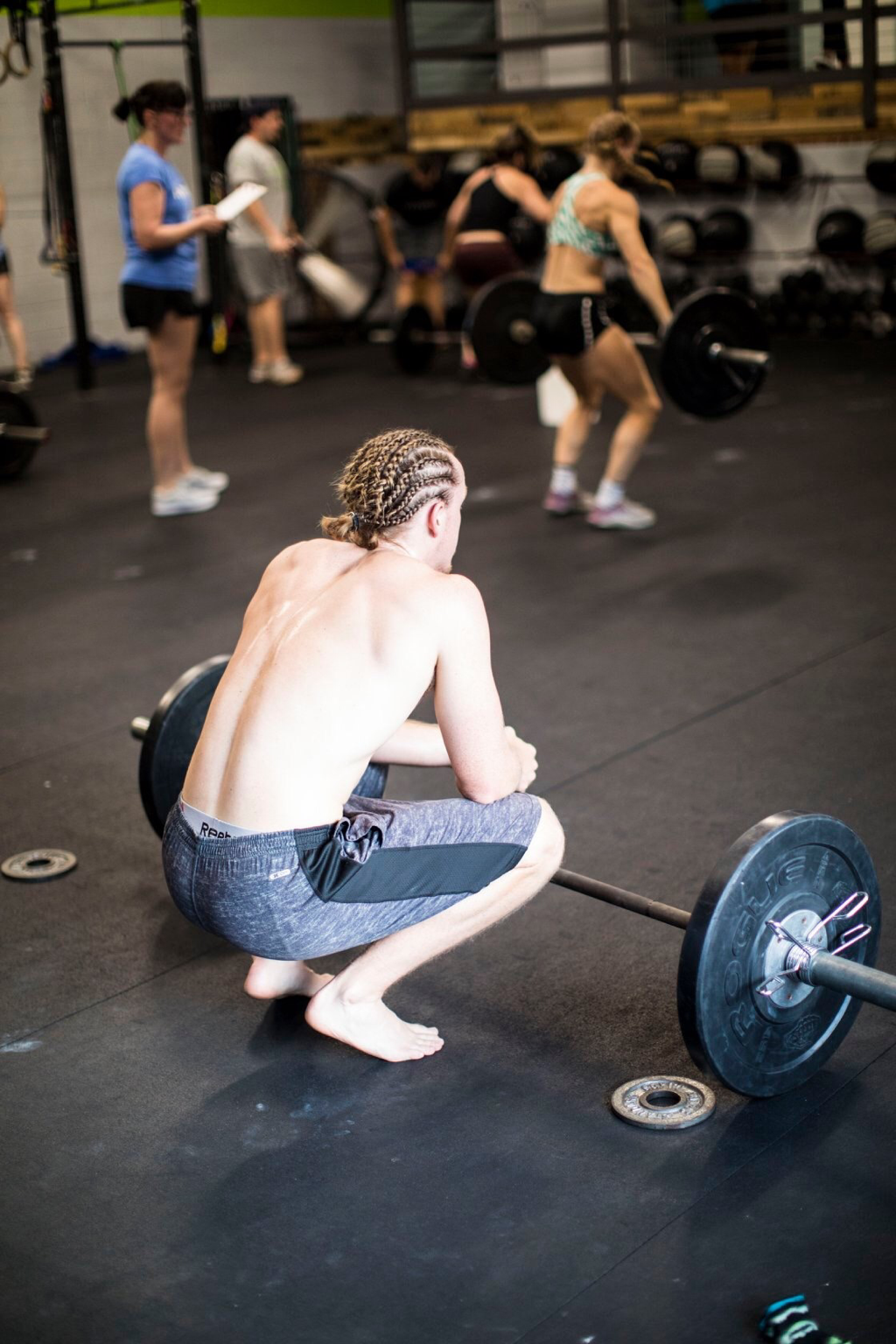
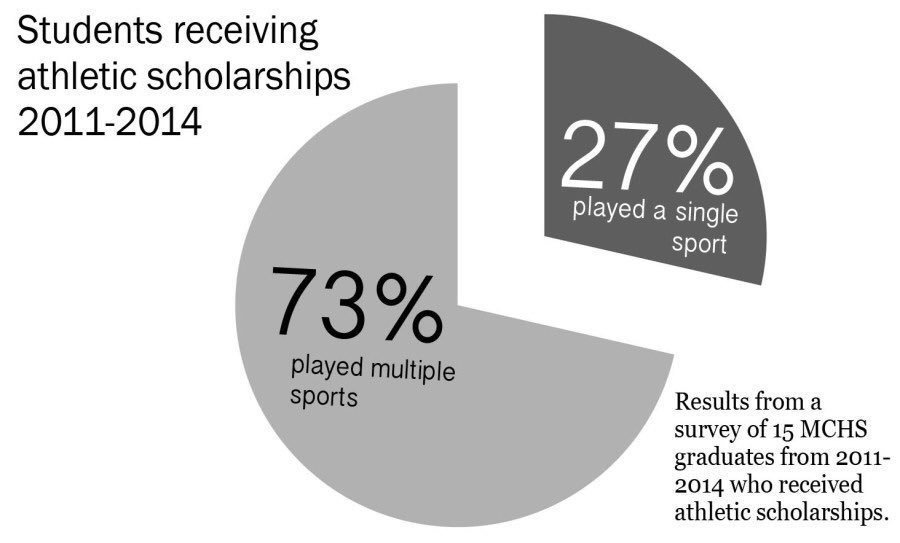
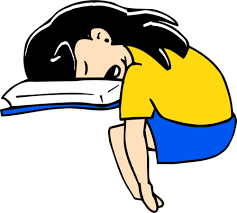
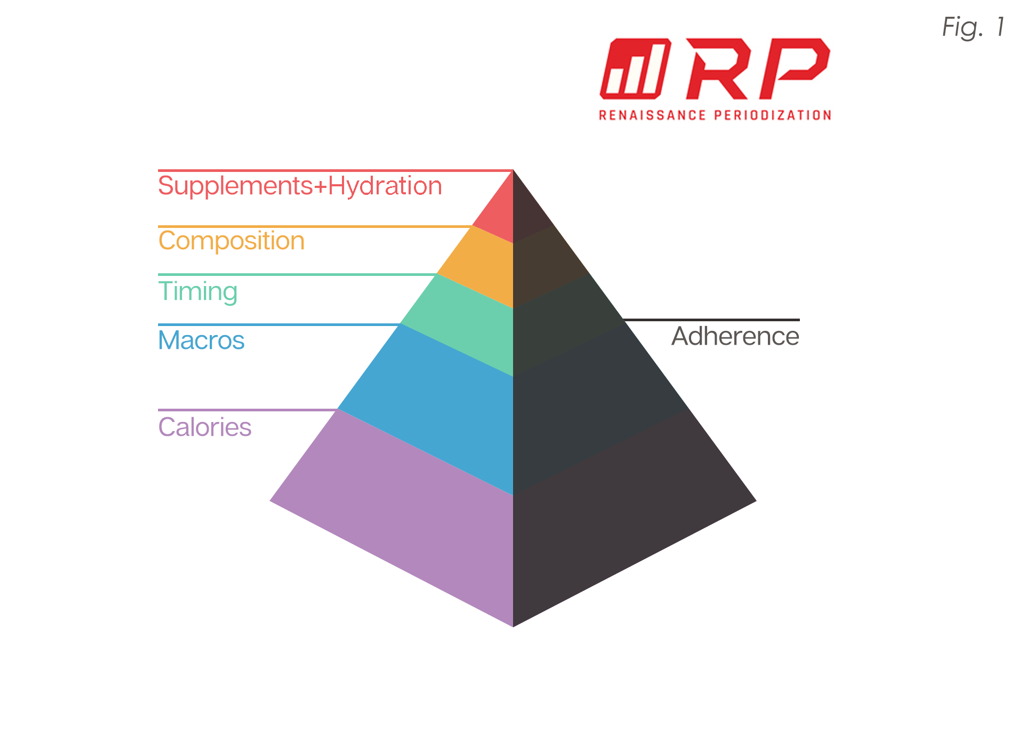
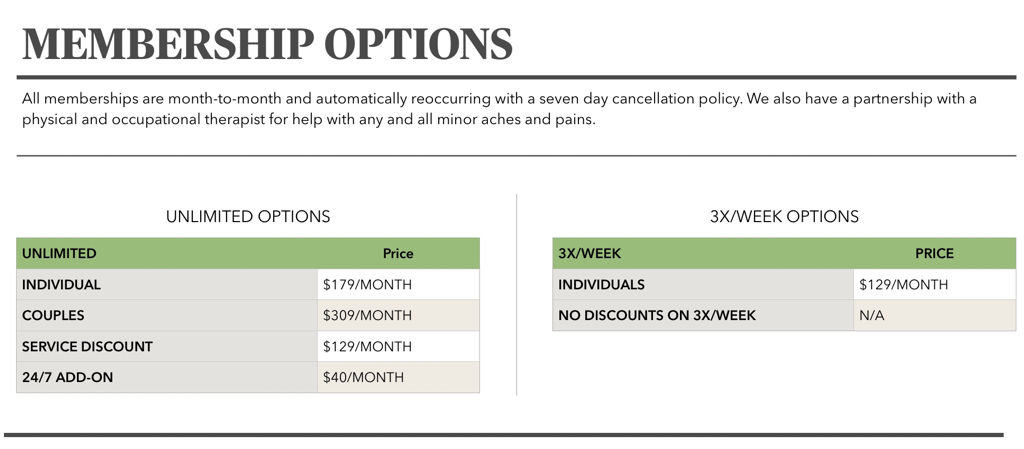
 RSS Feed
RSS Feed